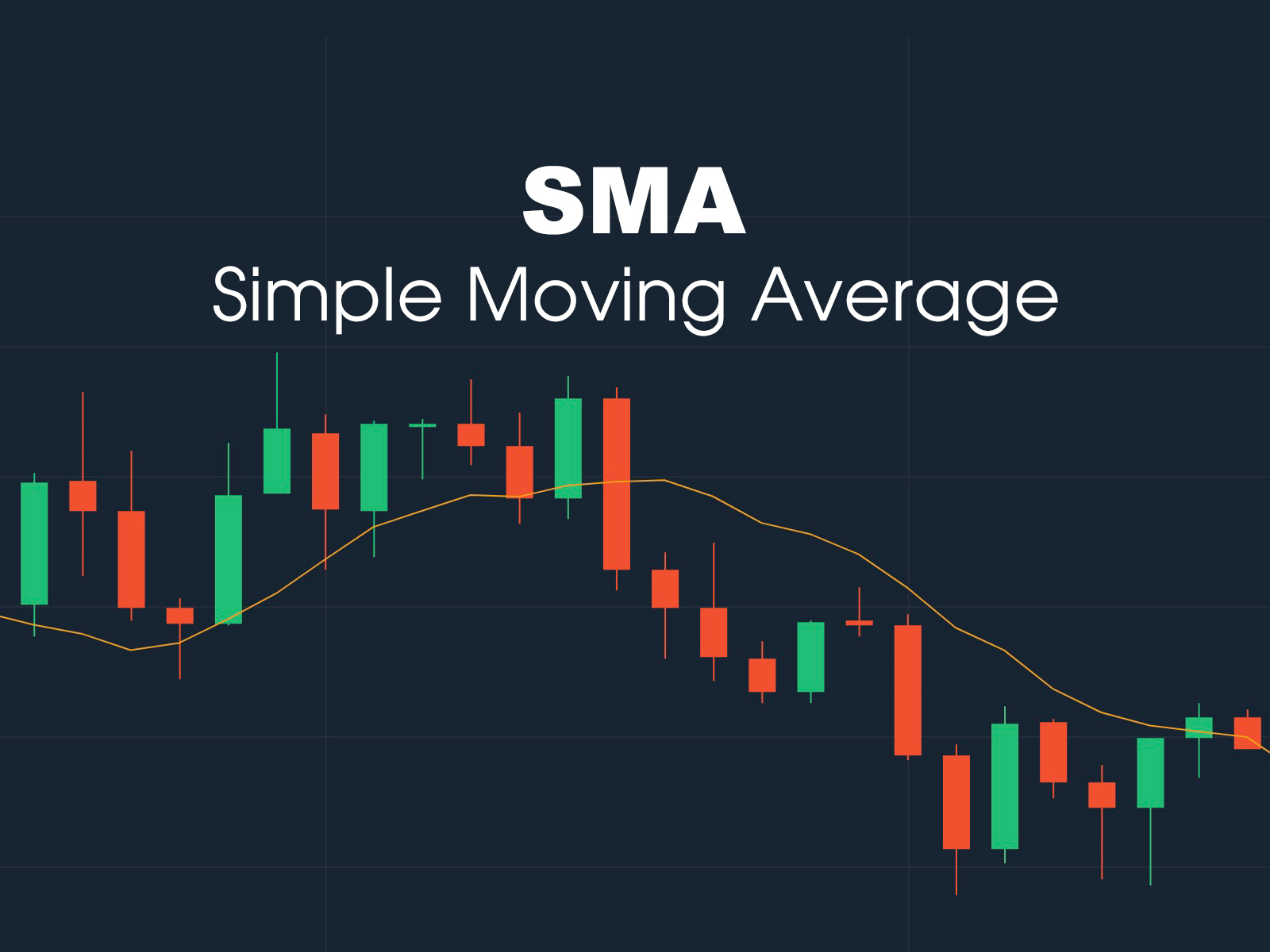A simple moving average (SMA) is an arithmetic moving average calculated by adding recent prices and then dividing that figure by the number of time periods in the calculation average.
The simplest type of moving average is the simple moving average (SMA).
A simple moving average is calculated by summing the closing prices of the previous “X” period and then dividing that amount by X.
Confused???
Don’t worry, we’ll make everything very obvious.
Calculating the Simple Moving Average (SMA)
If you wanted to plot a 5-period simple moving average on a 1-hour chart, sum together the closing prices for the previous 5 hours and divide by 5.
You’ve got the average closing price for the previous five hours! When you add all of those average prices together, you get a moving average!
If you wanted to plot a 5-period simple moving average on a 30-minute chart, add together the closing prices from the previous 150 minutes and divide by 5.
If you plot the 5-period simple moving average on the 4-hour chart, you’ll see… Yes, okay, we understand. Do you see what I mean?
The majority of charting software will perform all of the calculations for you.
We are just boring you with a “how-to” on computing simple moving averages. It is crucial to learn so you can adjust and tweak the indicator.
You can alter and build different tactics as the market environment evolves if you understand how an indicator works.
Moving averages, like practically every other forex indicator, work with a time delay.
You’re simply seeing the overall course of recent price activity and the general direction of “future” short-term price action. This is because, you’re using averages of prior price history.
Here’s an example of how av can be moved.
On the 1-hour chart of USD/CHF shown above, we’ve plotted three different SMAs. As you can see, the longer the SMA time, the further behind the price it falls.
The 62 SMA is further away from the current price than the 30 and 5 SMAs, as you can see.
This is because the 62 SMA divides the sum of the closing prices of the previous 62 periods by 62.
The longer the time for the SMA, the slower it reacts to price fluctuation.
The SMAs in this chart depict the market’s overall attitude at this moment in time. We can see that the pair is trending on this graph.
Instead of focusing solely on the present market price, moving averages provide a broader perspective. It allows us to forecast the market’s future price direction.
We can tell whether a pair is trending up, going down, or merely range using SMAs.
The simple moving average has one drawback: it is sensitive to spikes.
When this occurs, we may receive false indications. We may believe that a new currency trend is forming, but nothing has changed in fact.
We’ll explain to you what we mean in the following courses. We will also introduce you to another sort of moving average that will help you avoid this issue.
Looking for a highly rated forex fund manager?
Fx Pips Guru has a strong group of forex experts. They are managing forex accounts of our clients from different brokers dedicatedly. Just hire our forex fund managers here : https://www.fxpipsguru.com/forex-fund-manager/.




